(Flying to Africa with a baby: Last updated April 2022)
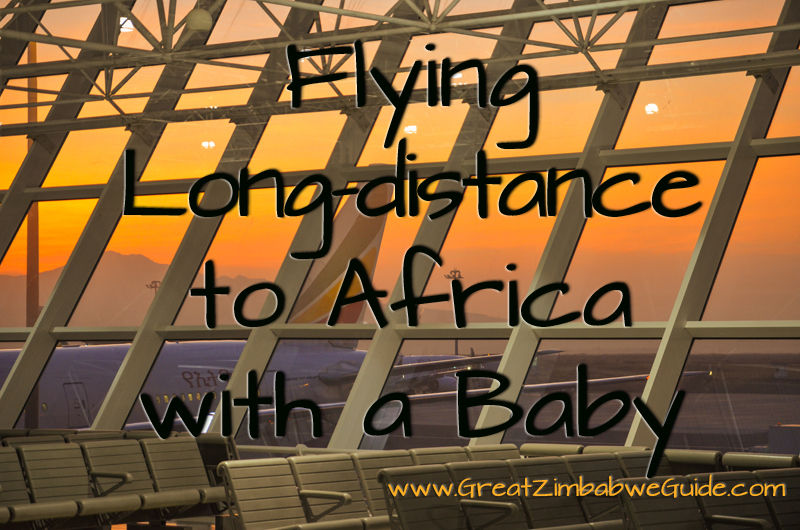 Flying to Africa with a baby is not very different to doing any other long-distance flight with a baby. It’s always going to be a test of patience, but with a little research and planning, and a ‘take-it-as-it-comes’ attitude, you can make the journey a little easier for all of you. Airports in Africa vary greatly, but the ones in Zimbabwe and South Africa are generally clean, well laid-out, and the staff are very helpful if you just ask.
Flying to Africa with a baby is not very different to doing any other long-distance flight with a baby. It’s always going to be a test of patience, but with a little research and planning, and a ‘take-it-as-it-comes’ attitude, you can make the journey a little easier for all of you. Airports in Africa vary greatly, but the ones in Zimbabwe and South Africa are generally clean, well laid-out, and the staff are very helpful if you just ask.
Our first baby had been on three international flights and one domestic Zimbabwean flight by the time he was ten months old. Two of the flights were long-distance ones, with layovers. We flew from England to Zimbabwe (with Ethiopian Airways) when he was three months old, and on my return flight I flew solo with just me and baby. (And I did it again three years later, with a new baby and toddler in tow.) It was exhausting: 15 hours including layovers (but excluding transits to and from the airports), and the airport in Addis Ababa didn’t have many baby-friendly facilities. When baby #1 was nine months old, we flew from England to Michigan, USA and back (with United); around 14 hours each way. Thankfully, none of our flights involved baby screaming for ages or angry looks from other passengers. Being me (PLANNER/WORRY MACHINE), I did some research on the airlines, airports, transits etc, so that I could prepare myself for what I was in for, but there are some extra things that I’ve learned as a result of actually going through it all. I hope they’ll help you if you’re thinking of doing a flight to Africa, or any long-distance flight for that matter.
Tips for flying to Africa (and elsewhere) with a baby:
1. Always request a bassinet seat
Having a bassinet makes the flight so much easier – and even if your baby doesn’t sleep in it for long, it can be used as a feeding station and play-pen (under supervision), plus it’s a useful place to keep all the stuff you’ll inevitably have with you! Bassinets are small cots that attach onto the wall in front of bulkhead seats, at about waist height. They have a maximum weight of around 25lb/12kg. Some airlines offer small cots that just go on the floor rather on the wall. These are fine for babies who aren’t mobile, but they have limited value for older babies and just take up valuable floor space.
Before you book your flights, check the airline’s infant policy online regarding bassinets. Some airlines have an age cut-off, so this could be a factor. Some airlines have annoying policies – Ethiopian Airways don’t let two parents sit together at the bassinet seats, for example. After you book your flights, phone the airline afterwards to request seats with a bassinet if the online system didn’t allow you to do so.
When you board the plane, check that your seat numbers actually match up to where the bassinet goes. For example, on our last two flights, we were given seats A and B, but the bassinet fitted to the wall opposite seat C. So when we got on to the plane and saw this, we asked the passenger in seat C to do a switch so that we didn’t have to lean over him to attend to our baby.
2. Even if you’ve booked a bassinet seat, don’t plan your journey around it
When our little one was three months old, I flew back from Zimbabwe to the UK on my own with him via Ethiopia. I had booked a bassinet seat and had assumed this would be honoured … but when I got on the plane I saw that there were only three bassinets and six babies! It was basically a game of “whoever shoves their baby into the bassinet first, gets it”, and I lost. Which made everything during the flight very difficult: eating, going to the bathroom, sleeping, the list goes on. It was not fun. The moral of the story is: Never plan for things to go smoothly. Which brings me to my next point …
3. Take a sling (and a stroller for older babies)
Even if you’ve booked a bassinet for the flight, and even if you’ll be using your stroller at the airport, pack a baby sling or carrier too. Our baby didn’t sleep for long in the bassinet during one flight, but he slept really well in the carrier, facing my chest. Having him in the carrier meant that my arms were free to eat, watch movies, and so on. Airlines don’t usually let you use the carrier on takeoff and landing, but for the rest of the flight, they’re a lifesaver.
Countries differ on the use of baby carriers through security gates. Going through security in Ethiopia, I had to take the baby out of the carrier while I walked through the gate, for example. We have a BabyBjorn carrier and a baby sling, and we definitely use the BabyBjorn the most.
4. Pack puree pouches/grabbers
If your baby is happy to eat puree straight from a pouch, this limits the mess compared to feeding your baby with a spoon. Airlines usually allow you to carry on enough pouches to last the flight and layovers. Sometimes an official may carry out a spot check on one of your food pouches at the security gate, which adds a little extra time at the terminal, but is a worthwhile exchange for a non-sticky baby, in my opinion. Ella’s Kitchen Apples Pouch is one of my favourites.
5. Feed baby on takeoff and landing
I give my baby milk on takeoff and landing to ease pressure on his ears and also to distract him from the loud noise. This worked really well and he was very happy, even with the loud noises (and sometimes the bumpy ride) of takeoffs and landings. A dummy or other feeding method will do the same job of helping those little ears. If he’s sleeping, I don’t wake him up for a feed.
6. Don’t overdo it with the toys
Save some hand baggage weight, and limit your toys. There are lots of things in the plane and at the airport that your baby will find interesting, like the plastic cups they serve drinks in. Our little one played with the on-flight cups for ages, as he loved the noise they made when he squashed them. Of the toys that you decide carry on, it’s a good idea to pack a new one (unwrapped!), or even one with a light like the Lamaze Rattle Rainbow Glow, to really grab your baby’s attention. Toys that make loud noises, or ones that may roll far and wide will likely just annoy your fellow passengers, or worse, they might become a trip hazard. And of course, if there’s a favourite toy that your baby takes everywhere, or associates with sleep/home, don’t forget to take familiar things for your baby to cuddle. It will help them have reminders of home and of things that make them feel safe.
7. Carry on some baby paracetamol and antihistamines
I try to put the paracetamol in a dispenser like this Munchkin one before the flight and put it in a container in my hand baggage. Chances are, if I need the paracetamol on the plane, I’ll be so stressed by the unhappy child on my hands that I won’t want to wrestle with those child-proof lids that they have on medicine bottles.
Take a small bottle of liquid baby antihistamine such as Piriton just in case, too. If for some reason your baby encounters an allergen on the plane (perhaps one you don’t know your baby is allergic to yet), then it’s wise to bring antihistamines.
Airlines will usually let you carry on enough medicines for the flight, although putting medicines in smaller dispensers may be easier because you’ll be within your liquid allowance. Some airlines require a doctor’s letter for prescribed medicines, so check this on the airline website.
8. Use your stroller right up until you board the plane
You can usually check in your collapsible stroller at the gate just as you board the plane – they’ll give you a luggage tag for it. This means less carrying of your baby around the departures area – big win. When you get off the plane, ask a member of staff whether the stroller will be brought out immediately or if it will be put on the carousel with the rest of the hold luggage.
9. Car seats go through the oversized baggage desk
Airlines usually allow you to pack a car seat, a stroller, a hold suitcase, and a piece of hand baggage for your baby. The car seat can go into the hold, but they usually ask you to send it in at the oversize baggage counter – advice will be given at check-in.
10. Pack extra nappies and clothes in your hand luggage (then pack more)
Expect the unexpected. I had to change one of the worst nappy explosions I’ve ever seen during our flight from UK to the USA. Let’s say the entire babygrow changed colour. These incidents always happen at the worst moments, and the only way we can deal with them is to be prepared. Extra nappies, baby wipes, hand sanitiser, nappy bags, babygrows, tops, socks and tissues are a must. (Don’t get me started on changing areas on plane toilets though – who thought it was a good idea to have a metal hook directly above a baby changing table?)
One of my top tips: Double nappies. Put an extra nappy on top of the first one, ensuring they can still move around without constriction. That way, when you need to change the nappy in a less-than-spacious area, you have your second nappy already lined up underneath. You can then add a second nappy on top during that change, until you get to your destination.
11. Pack layers for your baby
If you’re travelling from a colder climate to a warmer one (such as Zimbabwe), then dress your baby in layers, or carry on clothes that suit the different climates, ranging from short-sleeve tops to a warm jacket. Your baby won’t be happy if he’s dressed in fleece pajamas when he arrives in a balmy (and possibly stuffy) African airport.
12. Research your layover airports
If you have a layover, investigate the airport where you and your baby will be spending a few hours. This will help you plan for feeding and changing. Some airports have special facilities for breastfeeding or baby changing, and it helps to know this in advance, so do some Googling. When I had a layover in Ethiopia, I found out that there was a private lounge if you paid a fee, which I felt was worth the money to have some privacy with my baby.
Always pack a small nappy change mat just in case you can’t find a baby change area in time to catch a nappy emergency! Even in a designated change area, I usually put my change mat on top of the existing table anyway. I like the Summer ChangeAway Changing Pouch as it has compartments for nappies and wipes, so you don’t need to lug a huge bag to the (usually tiny) change area.
Harare International Airport has baby change areas in the general terminal but not at the arrivals gate. Occasionally there may not be much water in the taps, which is where your extra nappy wipes and hand sanitiser will come in handy.
13. Don’t take too many ‘extras’ for yourself in your hand luggage
Chances are, you’ll be too busy entertaining or rocking your baby to have time to apply too many beauty products, or read that autobiography. Pack the essentials that help you feel like yourself.
14. Pack a cup or bottle that you can fill later to keep baby hydrated
If you have a long flight, or a layover, it’s useful to have an empty sippy cup like this Tommee Tippee cup to hand. If adults get dehydrated during flights, babies do too. Your little one may surprise you and be so thirsty that he’ll drink water even if he doesn’t usually do so, especially if you’re going to a warm climate. This one is for babies older than 6 months or so.
For advice on what to pack for your baby, I found this article from BabyCentre very useful. Remember to check out my FAQ page and the What to Pack page for general advice about Zimbabwe.
A note on flights via South Africa: If you are travelling from, or via, South Africa with children, ensure you are acquainted with the South African entry requirements (here’s a link to official UK travel advice for SA). Check with your airline(s) to ask whether you will need to go through immigration on arrival in South Africa, collect luggage and check in again. If the answer to this is yes, you’ll need to provide the correct documentation for your children. However, The South African Department of Home Affairs have confirmed that no supporting documents will be required by people in direct transit through a South African International Airport. I travelled from the UK to Zimbabwe via South Africa with a child in 2016, and I did not have to provide any additional documents other than a passport, because we were in direct transit – we did not have to go through immigration in South Africa.
Please follow Great Zimbabwe Guide on social media to see updates to this article, as well as new ones on travelling with toddlers and older children, too!
Check out my Zimbabwe travel quick reference guide for a list of useful articles.
You might also like the following:
-
Health information for visitors to Zimbabwe (Coronavirus, malaria, vaccinations, etc)
-
Flights to Zimbabwe (includes info about local airports)
-
Zimbabwe visa requirements: Everything you need to know
-
Transport in Zimbabwe: Internal flights, buses, tours, etc
-
Driving in Zimbabwe: Includes list of car hire companies
-
Practical information on Zimbabwe: FAQs and answers
-
Compendium of Zimbabwe travel articles
-
Harare itineraries (includes family & kids itinerary)

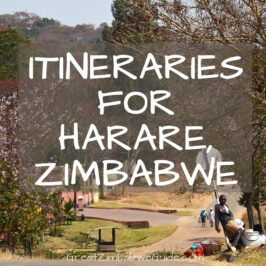

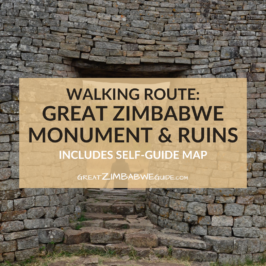

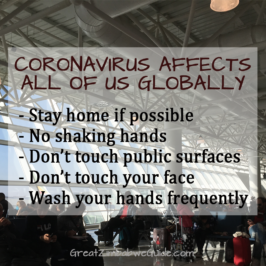
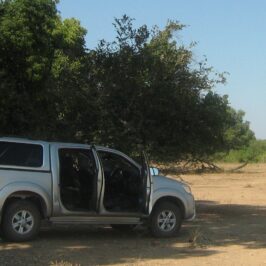

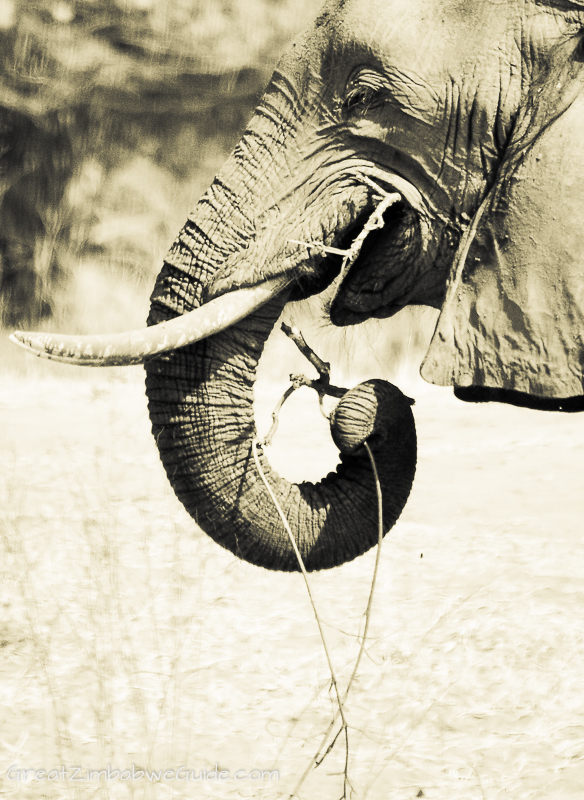
Vix
This is a great a great article. Thanks. Did your baby have any vaccines before going to Zimbabwe?
……………..
Beth (Travel Editor/Writer)
Thank you for commenting! I’m hoping to add more info soon, so please stay tuned on social media! Re: vaccines, it depends on the age of the baby/child. I phoned my local GP surgery and asked for an appointment with a travel nurse, and received advice on what vaccines were needed specifically for Zimbabwe. We got vaccinated against Hep A and typhoid. Zimbabwe is not a yellow fever zone so this wasn’t required. Also see Section 9 in this article on Health advice for Zimbabwe: https://www.greatzimbabweguide.com/health-information-for-visitors-to-zimbabwe/
Vix
This is a great a great article. Thanks. Did your baby have any vaccines before going to Zimbabwe?